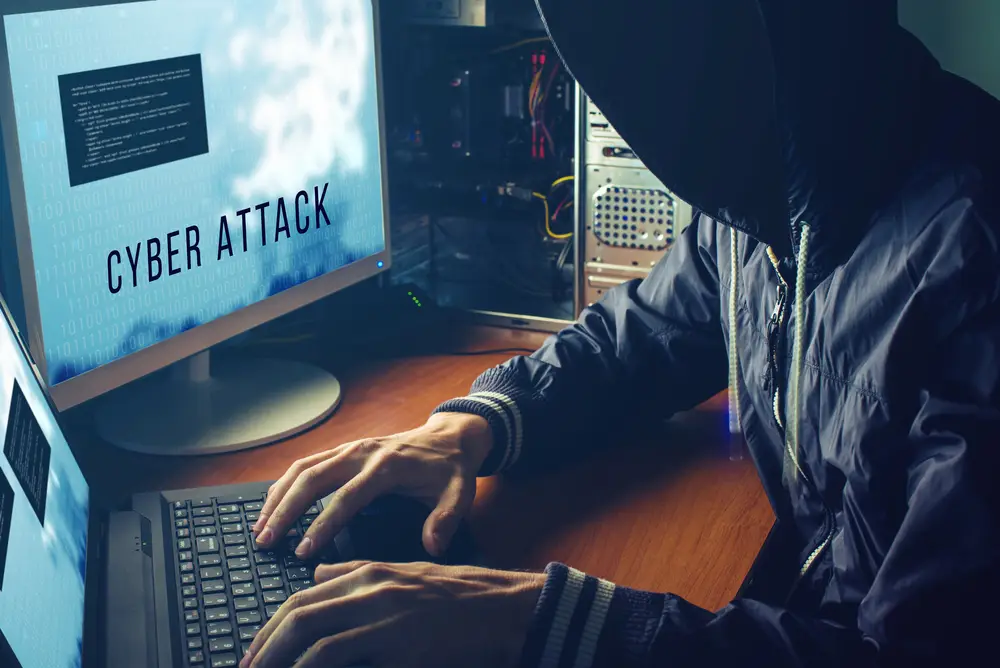Botnets, networks of compromised computers controlled by malicious actors, pose significant threats to cybersecurity worldwide. Central to their operation is the Command and Control (C&C) infrastructure, which enables botmasters to issue instructions to infected machines. Understanding the mechanisms of C&C and the geolocation of botnets is crucial for developing effective countermeasures.
Botnet Command and Control Mechanisms
The C&C infrastructure serves as the backbone of a botnet, facilitating communication between the botmaster and the compromised devices. There are several architectures employed for C&C:
- Centralized Architecture: This traditional model uses a central server to distribute commands. While it allows for efficient coordination, it presents a single point of failure; disabling the central server can disrupt the entire botnet. Springer Link
- Decentralized (Peer-to-Peer) Architecture: In this model, each bot can act as both client and server, sharing commands across the network. This structure enhances resilience against takedowns, as there is no central point to target. Springer Link
- Hybrid Architecture: Combining elements of both centralized and decentralized models, hybrid architectures aim to balance coordination efficiency with resilience. Springer Link
Botnets utilize various communication protocols for C&C, including IRC, HTTP, and custom protocols. Some even employ encryption and fast-flux DNS techniques to evade detection and takedown efforts.
Geolocation of Botnets
Determining the physical locations of botnet-infected machines is challenging due to their global distribution and the use of obfuscation techniques by botmasters. However, geolocation is essential for:
- Legal Actions: Identifying the jurisdictions involved to facilitate law enforcement interventions.
- Mitigation Strategies: Developing targeted responses, such as IP blocking or ISP notifications, to disrupt botnet activities.
Techniques for geolocating botnets include analyzing IP addresses, monitoring network traffic patterns, and employing honeypots to attract and study botnet behavior. Advancements in machine learning and data analytics have further enhanced the accuracy of these methods.
Recent Developments in Botnet Threats
The landscape of botnet threats is continually evolving, with recent trends including:
- IoT Botnets: The proliferation of Internet of Things devices has led to their exploitation in botnet formations, exemplified by the Mirai botnet, which compromised numerous IoT devices to launch large-scale DDoS attacks.
- Advanced Evasion Techniques: Botnets are increasingly using sophisticated methods, such as domain generation algorithms and encrypted communication channels, to avoid detection and takedown efforts.
- Ransomware Distribution: Some botnets have shifted focus towards distributing ransomware, encrypting victims’ data, and demanding payment for decryption keys.
Case Studies of Notable Botnets
Examining specific botnets provides insight into their operation and the challenges they present:
- Storm Botnet: Active around 2007, it utilized a peer-to-peer architecture and was involved in spamming and DDoS attacks. Its decentralized structure made it resilient against takedown attempts. Wikipedia
- Kelihos Botnet: Known for spamming and theft of bitcoins, Kelihos employed a peer-to-peer architecture. Despite multiple takedown efforts, it resurfaced several times before the arrest of its operator in 2017. Wikipedia
- Bredolab Botnet: At its peak, Bredolab was capable of sending 3.6 billion infected emails daily. It was dismantled in 2010 through the seizure of its command and control servers, highlighting the effectiveness of coordinated law enforcement actions. Wikipedia
Mitigation and Defense Strategies
Addressing the botnet threat requires a multifaceted approach:
- Detection: Implementing network monitoring tools to identify unusual traffic patterns indicative of botnet activity.
- Disruption: Collaborating with ISPs and global law enforcement to dismantle C&C infrastructures.
- Prevention: Educating users on cybersecurity best practices, ensuring regular software updates, and deploying robust anti-malware solutions.
Ongoing research and international cooperation remain vital in adapting to the evolving tactics of botnet operators and effectively mitigating the threats they pose.

